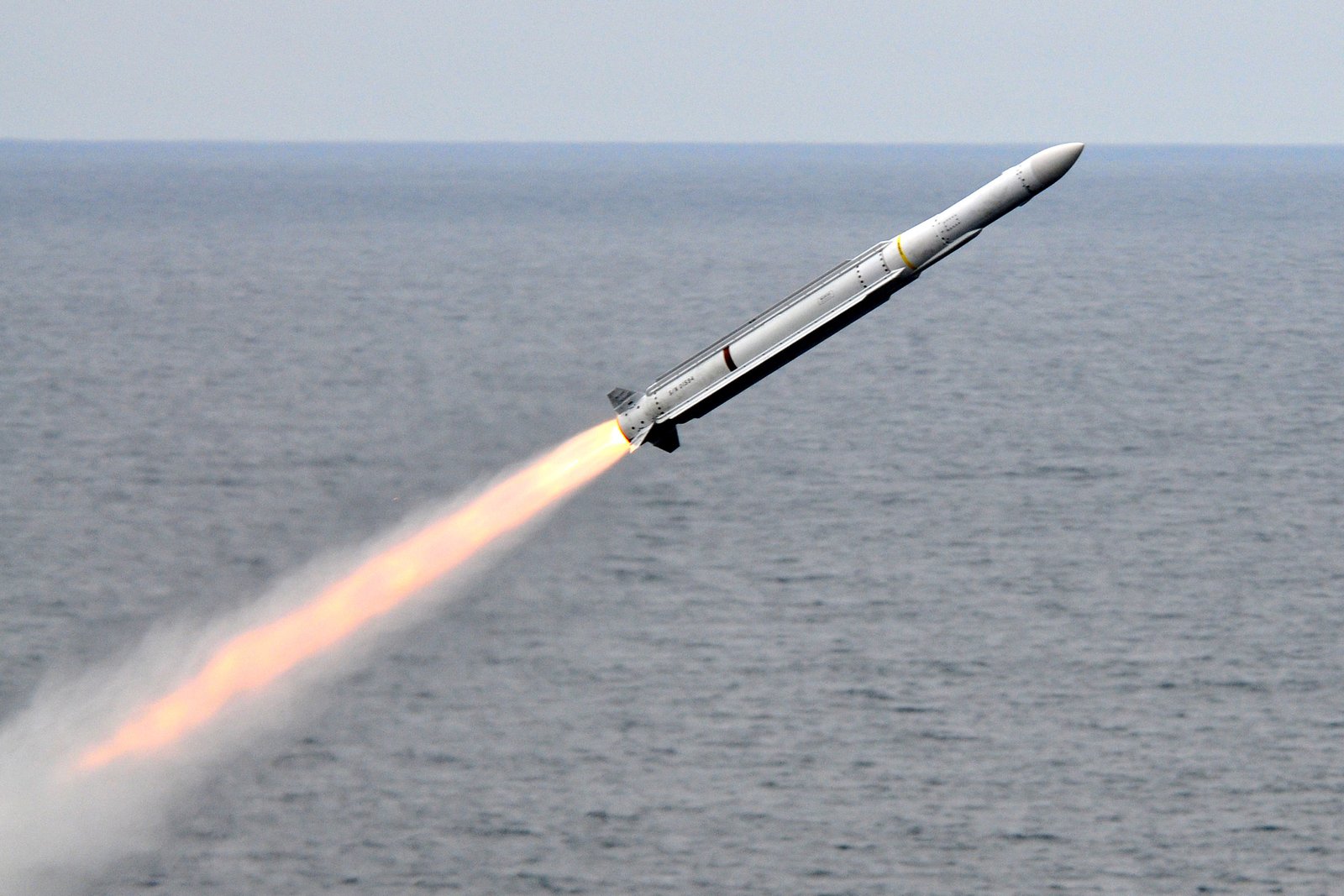North Korea asserted on Monday that it had victoriously tested what it claimed to be an intermediate-range ballistic missile, which allegedly complied with all technical requirements and could now be mass-produced. However, US officials and professionals in the area questioned the true extent of its progress.
The US, which has consistently criticized North Korean missile launches, declared that Sunday’s launch of what North Korea called the Pukguksong-2 was of a “medium-range” missile. Additionally, US-based experts have openly displayed their suspicion regarding the reliability of the considerably new solid-fuel type after such a limited amount of tests.
US officials, who chose to conceal their identities, stated that the test did not actually demonstrate a new capacity or one that could directly serve as a threat to the US. Regardless of such, the test was the second conducted by North Korea in the span of a single week, and it was enough for South Korea’s new liberal government to publicly affirm that it has ruined its aspirations of peace within the peninsula.
US officials have been much less optimistic in relation to the test of a long-range KN-17, or Hwasong-12, missile that took place slightly over a week ago. US officials suppose that this tested missile had managed to withstand re-entry to a certain extent.
North Korea stated that launch was done with the intent of testing the capability to carry a “large-size heavy nuclear warhead” in a manner which would put the US mainland within “sighting range.”
Western experts assert that the Hwasong-12 test did seem to have furthered North Korea’s goal of developing an intercontinental ballistic missile able to extend to the US mainland, even if it is still in a certain way off from reaching this capability.
The UN Security Council is scheduled to convene on Tuesday in private to converse about Sunday’s test, which wholly disregards the Security Council resolutions and sanctions. This meeting was called for at the request of the United States, Japan and South Korea.
Washington has extensively been attempting to convince China to approve of new sanctions on North Korea, which has conducted dozens of missile firings and tested two nuclear bombs only from the beginning of the last year until now.
Trump has cautioned of a “major, major conflict” with North Korea being very possible in response to its weapons programs. Despite Trump’s claims, US officials state that tougher sanctions are the preferred option as opposed to the use of military force.
North Korea’s state news agency, commonly referred to as KCNA, stated that the most recent missile test was overlooked by leader Kim Jong-Un and confirmed the reliability of Pukguksong-2’s solid-fuel engine, stage separation and late-stage guidance for a nuclear warhead. It declared that the data was recorded by a device mounted on the warhead.
“Saying with pride that the missile’s rate of hits is very accurate and Pukguksong-2 is a successful strategic weapon, he (Kim) approved the deployment of this weapon system for action,” KCNA asserted.
“Now that its tactical and technical data met the requirements of the Party, this type of missile should be rapidly mass-produced in a serial way …, he said.”
KCNA claimed that Kim was able to observe the Earth through the use of a camera which was mounted on the missile. “Supreme leader Kim Jong Un said it feels grand to look at the Earth from the rocket we launched and the entire world looks so beautiful,” KCNA stated.
South Korea’s military divulged that the missile flew a distance of roughly 500 km (310 miles), reaching an altitude of 560 km (350 miles).
It stated that the test would have delivered more “meaningful data” for North Korea’s missile program, but deeper analysis was required to arrive at a conclusion about whether Pyongyang had finally been able to master the technology required to impede the warhead from burning up on re-entering the Earth’s atmosphere.
US-based experts within the field stated that the Pukguksong-2 would have a maximum range of about 1,500 km (930 miles) and displayed open suspicion of North Korea’s acclamation that the success of the solid-fuel missile had been proven. The limited testing was identified as a major reason for the questioning of such a confident, and potentially alarming, feat.
“Entering mass production this early in the development phase is risky, but perhaps a risk North Korea feels comfortable managing,” opines Michael Elleman, from the International Institute for Strategic Studies.
Jeffrey Lewis, who is affiliated with the California-based Middlebury Institute of International Studies, stated that North Korea would likely continue to test the missile following deployment, fixing faults as they arose.
The utilization of solid fuel offers benefits for weapons since it is more stable and can be transported with a greater facility, enabling a launch at very short notice from mobile launchers.
However, developing longer-range solid fuel missiles was extremely complex and would “take time, lots of it,” according to Elleman.
John Schilling, who is a missile expert contributing to Washington’s 38 North think tank, projected that it would take until 2020 at the very minimum for North Korea to have the ability to develop an ICBM able to reach the US mainland. He also predicted that it would take until 2025 for the belligerent country to be able to develop one powered by solid fuel.
North Korea’s existing missiles currently pose a threat to both South Korea and Japan, as well as the tens of thousands of US troops based in these two nations.
Daniel Russel, who is Washington’s former head diplomat for Asia, declared that Pyongyang’s intent seemed to be to convince the US and the remainder of the globe of the need to acknowledge North Korea as a nuclear-armed power.
“The intended message to the United States is that your pressure campaign won’t work and we’ll see your sanctions and raise you yet another advance in our ballistic missile program,” Russel, who is currently a diplomat in residence at the Asia Society Policy Institute, stated in a statement to Reuters.
This past Sunday, US Secretary of State Rex Tillerson designated North Korea’s missile testing to be “disappointing, disturbing” and declared that economic and diplomatic pressure would persist.
Yoshihide Suga, who is chief Cabinet secretary of Japan, revealed this past Monday that it was vital to slash North Korea’s foreign currency earnings and to block shipments and technology transfers that help and enable its nuclear missile development.
China, acting as a peaceful force in the complex situation, once again reiterated its appeal for all parties to practice restraint and to aim to avoid the increase of tensions even further.
Featured Image via Wikimedia.





































Great
Very upsetting and terrifying to hear.
North Korea is our biggest threat to not only America but also to the world. We need to be uniting to do something before it is too late
Gotta agree with China here, this all sounds pretty terrifying on all fronts. On one hand, I don’t want to believe that NK has long-range nuclear technology, but on the other hand, I know the US experts are well aware that if they told people that NK did have this technology, people would be too scared to come out of their homes or spend any money, which would wreck the U.S. economy a new one. So I doubt they’d be allowed to say anything even if it was true.